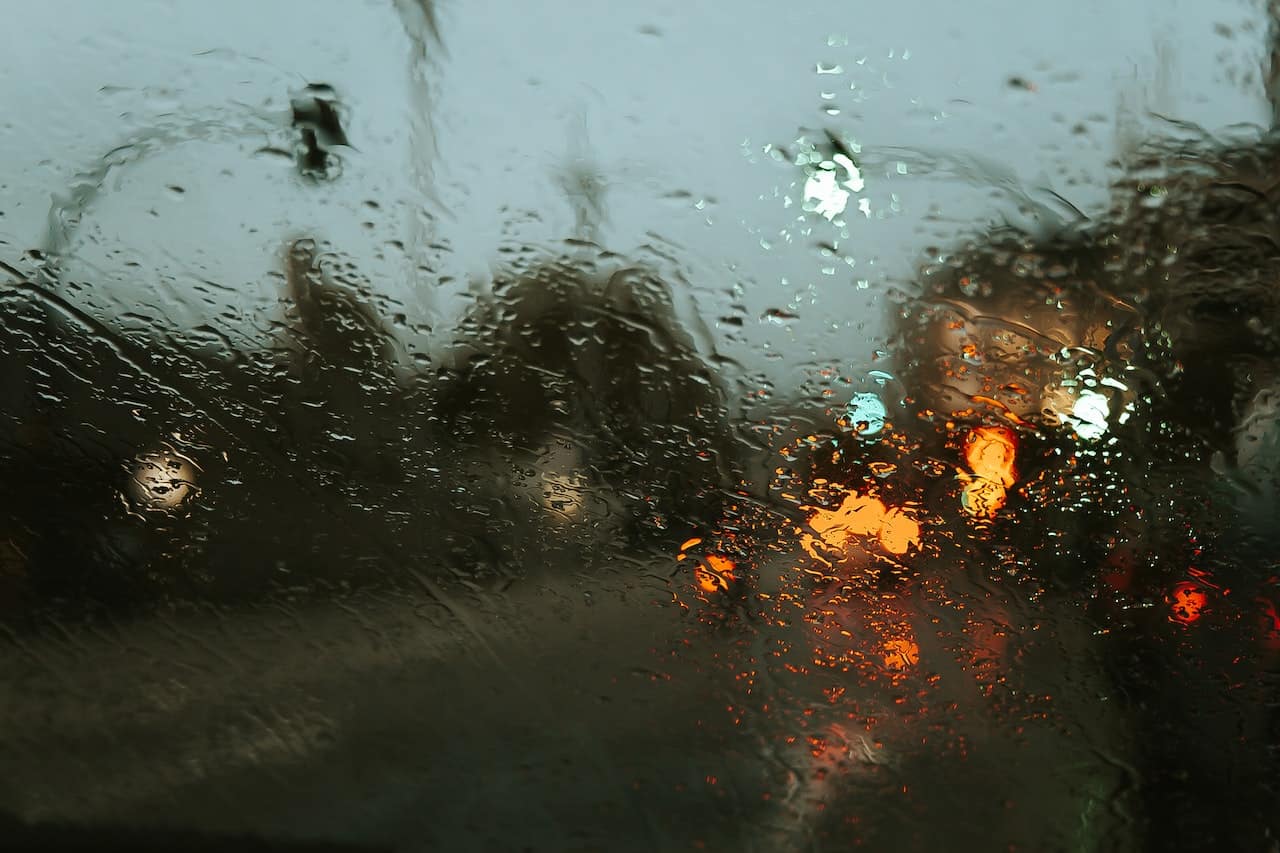Weather-related factors play a significant role in road traffic accidents in the United Kingdom. Adverse weather conditions can create hazardous situations on the roads, affecting visibility, road surface conditions, and driver behavior. In this article, we will explore how environmental factors contribute to road accidents and the different types of hazards that can arise due to inclement weather.
Understanding the Impact of Environmental Factors on Road Accidents
Road accidents caused by environmental factors are a common occurrence in the UK. The ever-changing weather patterns and the unpredictable nature of the British climate make it essential for drivers to be aware of the potential risks associated with different weather conditions.
The Influence of Adverse Weather Conditions
Adverse weather conditions such as rain, snow, fog, and strong winds can significantly impact road safety. Reduced visibility during heavy rain or fog can make it difficult for drivers to see other vehicles, pedestrians, or road signs, increasing the risk of collisions. Slippery road surfaces caused by rain or snow can also lead to vehicles losing traction and skidding, resulting in accidents.
Driver Behavior and Environmental Factors
Moreover, environmental factors can influence driver behavior, further contributing to road accidents. For example, heavy rain or snow can create a sense of urgency among drivers, leading to increased speeds or aggressive maneuvers. Conversely, adverse weather conditions can also cause some drivers to become overly cautious, resulting in sudden braking or erratic lane changes, which can lead to accidents as well.
The Five Types of Environmental Hazards
There are five primary types of environmental hazards that can contribute to road accidents in the UK. Let’s take a closer look at each of them:
Rain-Related Hazards
Rain is one of the most common weather-related hazards on UK roads. When it rains heavily, the road surface becomes wet, reducing tire grip and increasing the likelihood of skidding. Aquaplaning can occur when a layer of water builds up between the tires and the road surface, causing a loss of control. Additionally, heavy rain can reduce visibility, making it challenging for drivers to see hazards ahead.
Snow and Ice Hazards
During winter months, snow and ice pose significant challenges to road safety. Snowfall can make the road surface slippery, reducing vehicle control and increasing braking distances. Black ice, a thin layer of transparent ice on the road, can be particularly treacherous as it is often difficult to detect. Drivers need to exercise caution and adapt their driving behavior to the prevailing weather conditions during snowy and icy periods.
Fog-Related Hazards
Fog is a common environmental hazard that reduces visibility on the roads. Dense fog can severely impair a driver’s ability to see other vehicles, pedestrians, and road signs, creating a hazardous situation. It is crucial for drivers to use their fog lights, reduce their speed, and maintain a safe distance from the vehicle in front to prevent accidents in foggy conditions.
Strong Wind Hazards
Strong winds can be hazardous for drivers, especially when they are gusty or crosswinds. High winds can cause vehicles to veer off course or drift into other lanes, particularly for taller or lighter vehicles. In extreme cases, strong winds can even cause trees or other objects to fall onto the road, creating additional dangers. Drivers should exercise caution, maintain a firm grip on the steering wheel, and be prepared for sudden gusts of wind.
Sun Glare Hazards
Although not typically associated with adverse weather, sun glare can pose a significant hazard to drivers, especially during sunrise or sunset. Sun glare can temporarily blind drivers, impairing their vision and making it challenging to see the road ahead, traffic signals, or other vehicles. Wearing polarized sunglasses, using sun visors, and keeping windshields clean can help reduce the impact of sun glare on driving safety.
Making a Road Traffic Accident Claim
When road traffic accidents occur due to weather-related factors, it’s essential for individuals involved to understand their rights and options for making a claim. Seeking compensation for injuries, damages, or losses resulting from an accident can help alleviate the financial burden and aid in the recovery process. Here’s a brief overview of the steps involved in making a road traffic accident claim in the UK.
Gather Evidence
Collecting evidence is crucial when making a road traffic accident claim. Take photographs of the accident scene, including any visible damages, road conditions, and relevant weather conditions. Obtain contact details from witnesses who can provide statements regarding the incident. It’s also important to gather any medical records, receipts for expenses incurred, and police reports, if applicable.
Report the Accident
Report the accident to the appropriate authorities, such as the police or local authorities, depending on the severity and circumstances of the incident. This step is particularly important if there are injuries involved or if the accident resulted in significant property damage.
Seek Medical Attention
Even if injuries seem minor at the time of the accident, it’s crucial to seek medical attention. Some injuries may not manifest immediately, and having a medical record linking the injuries to the accident can strengthen your claim.
Consult with National Claims
Consider seeking legal guidance from National Claims, where we specialise in road traffic accident claims. We assess the merits of your case, guide you through the claims process, and help maximize your chances of a successful claim.

Conclusion
Weather-related factors significantly contribute to road traffic accidents in the UK. Adverse weather conditions can create hazardous situations on the roads, affecting visibility, road surface conditions, and driver behavior. Rain, snow, fog, strong winds, and sun glare are among the environmental hazards that drivers need to be aware of to ensure their safety.
If you have been involved in a road traffic accident due to weather-related factors, understanding the process of making a claim is crucial. Gathering evidence, reporting the accident, seeking medical attention, notifying your insurance company, consulting with a personal injury solicitor, and initiating the claims process are important steps to take.
By following these steps and seeking appropriate legal guidance, you can navigate the claims process more effectively and work towards obtaining compensation for any injuries, damages, or losses you have incurred. Remember, safety should always be the top priority when driving, especially in adverse weather conditions. Stay cautious, adapt your driving behavior to the prevailing weather, and ensure your well-being and that of others on the road.
Contact us now to start your claim and for further help with the road traffic accident claim process.
Click below to see why we are one of the most trusted claims management companies in the UK.





